We have all heard the old adage, “You are what you eat.” The same can be said for our dog’s poop and its color. If your dog munches on grass or you add canned pumpkin to one or more of his daily meals, these additions can cause green or orange poop. But there are times when poop that isn’t brown may be an indication of an underlying health issue. Check the chart below to determine when your dog’s poop color should prompt a visit to his veterinarian. Note that the actual color of the feces won’t exactly resemble that of our PlayDoh facsimiles, but you should get the idea!
Green dog poop: Your dog may have green poop if he has been eating grass or enjoys eating leafy greens, such as kale or spinach. Some dental chews – such as OraVet or Greenies – will turn the color of a dog’s poop light green. A dog who has recently consumed rat or mouse poison might have fluorescent green poop. But a dog who has not eaten anything green recently may have green poop because of a nutrient absorption problem in the small intestine, such as inflammatory bowel disease, protein-losing enteropathy, or intestinal parasites. Make an appointment with your dog’s veterinarian and bring a stool sample to screen for intestinal parasites.
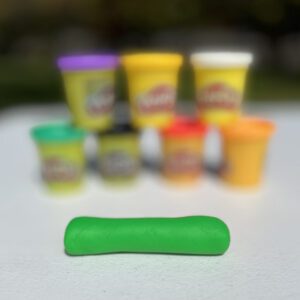
Orange dog poop: Just like with green poop, the pigments present in certain foods can turn a dog’s poop orange in color. This includes foods rich in beta-carotenes, such as carrots, squash, and canned pumpkin. But if these foods are not a part of your dog’s diet, then orange poop may be an indication of underlying gallbladder or liver disease. Make an appointment with your dog’s veterinarian, especially if the orange poop is soft and if your dog is vomiting and not eating.
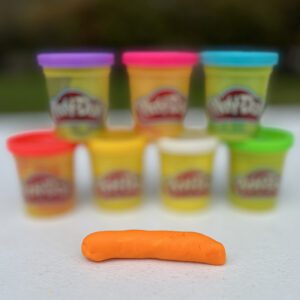
Yellow dog poop: Yellow poop is not normal and is typically not caused by pigments found in food. Yellow poop that is formed can be an indication of liver or gallbladder disease. Yellow diarrhea is typically an indication of intestinal disease. Your dog needs to be seen by his veterinarian as soon as possible.
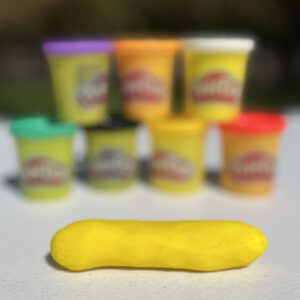
Red dog poop: If your dog is one of those rare canines who enjoys eating beets, then the pigment in beets will cause your dog’s poop to be shades of red or purple. But for all other dogs, red poop or red streaks on poop is a sign of disease in the large intestine (colon) or rectum. Your dog needs to be seen by his veterinarian or an emergency veterinarian immediately.
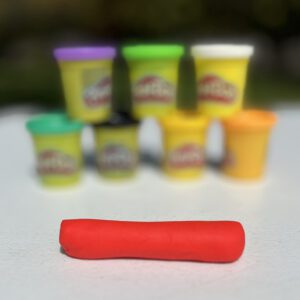
Black dog poop: Black, tarry stool is caused by bleeding in the stomach or small intestine. Your dog should be seen by his veterinarian or an emergency veterinarian immediately. The only time that black poop is normal is if your dog has recently been administered activated charcoal by his veterinarian. Activated charcoal is given to dogs that have ingested certain toxins, like chocolate or mouse poison.
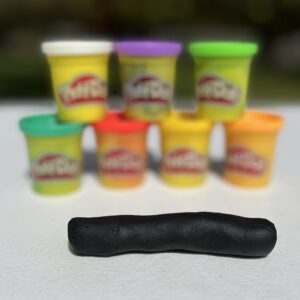
Grey dog poop: Grey poop is always abnormal and is an indication of an issue with your dog’s pancreas. You may also notice greasy poop, diarrhea, and weight loss. Make an appointment with your dog’s veterinarian as soon as possible.
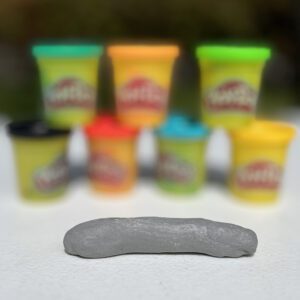
Brown dog poop with white spots: Those little white spots in your dog’s poop may be intestinal parasites, such as roundworm or tapeworm. Bring a stool sample to your dog’s veterinarian and have it tested for intestinal parasites.
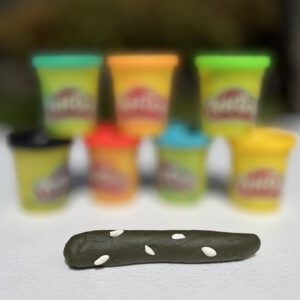
Not all non-brown poop is cause for alarm. But, as you can see, some colors may indicate a serious underlying problem. Talk to your dog’s veterinarian if you have any concerns about his poop color.


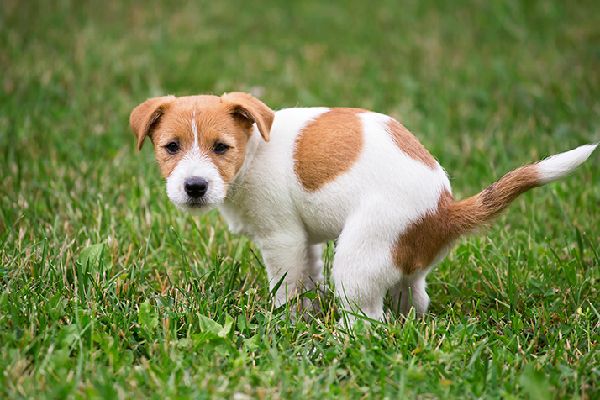




Thank goodness I just read this last week! Very timely article as Zekes poop was bright orange this am after his night time chew last night was a slice of dried yam. Almost rushed him into the vet then remembered to article. THANK YOU WDJ!!